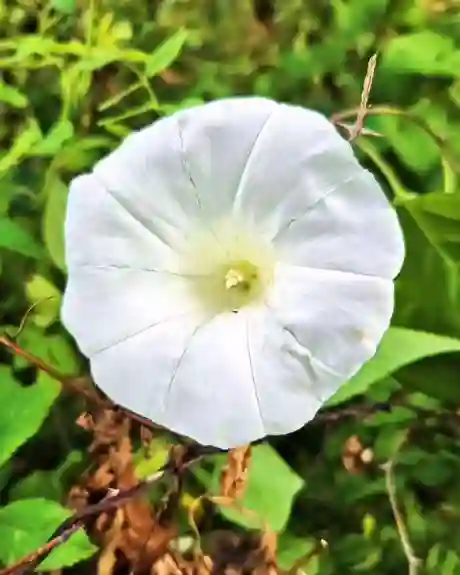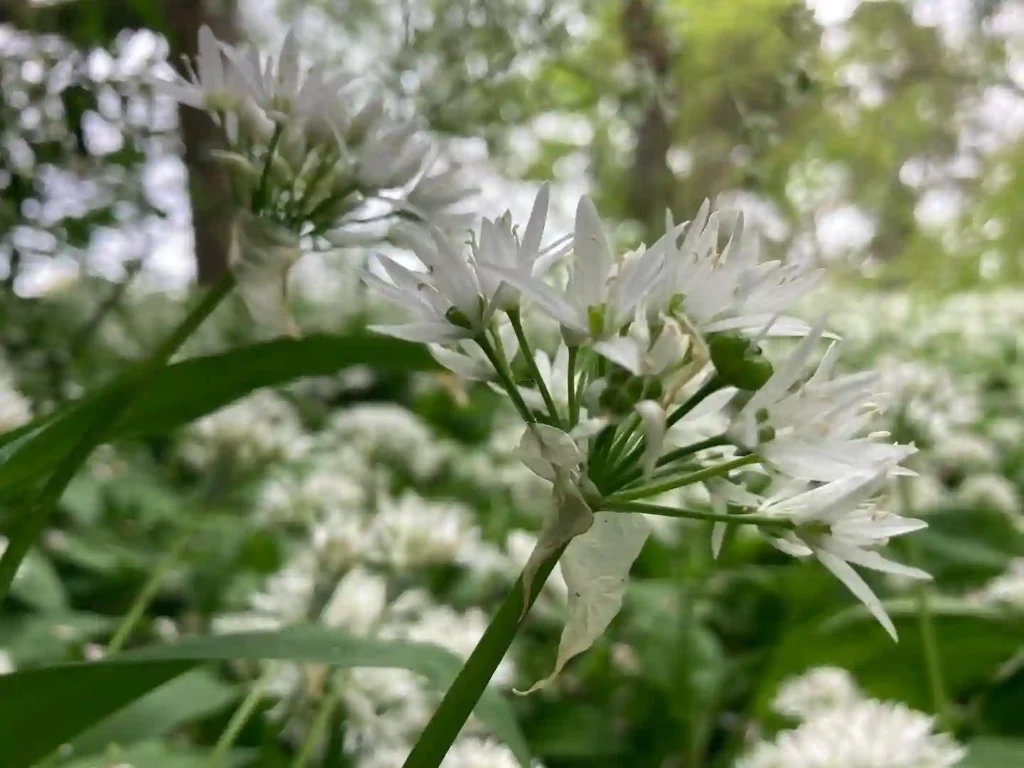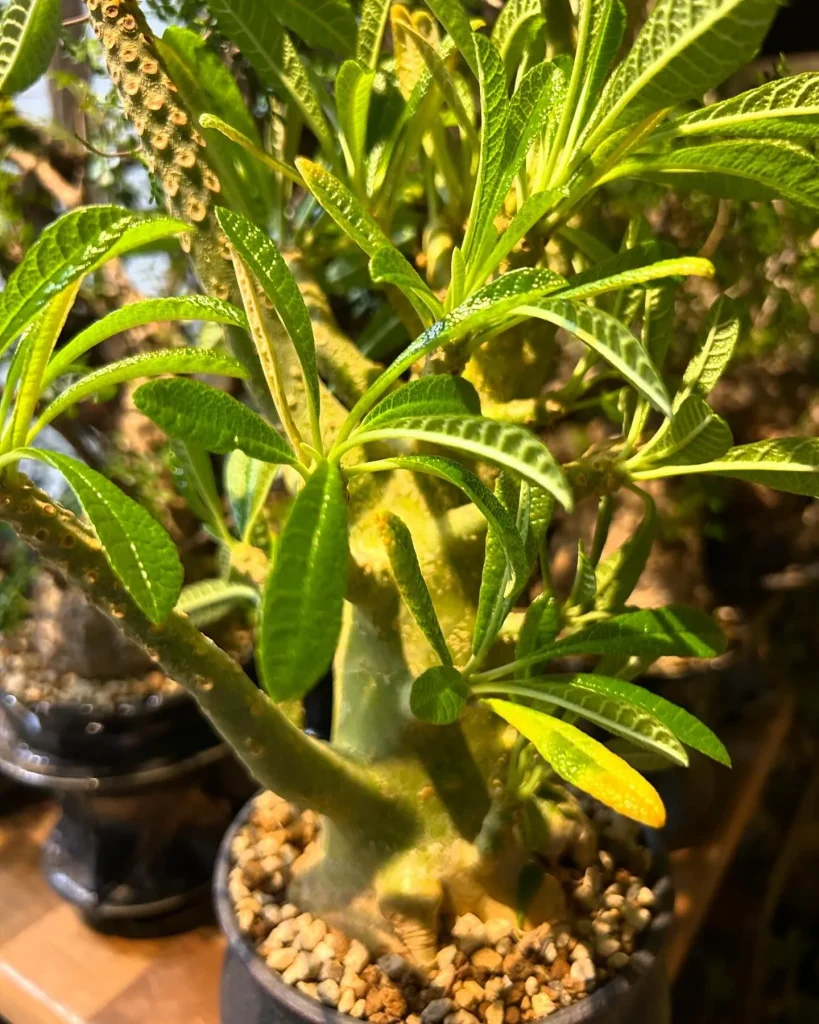What is Carex Oshimensis?
Carex Oshimensis, also known as the Japanese Sedge, is a charming and versatile grass-like plant that’s often used in landscaping for its attractive foliage and ease of care. Native to Japan and parts of Asia, this perennial plant is valued for its graceful, arching leaves and ability to adapt to various conditions. It’s a popular choice for ground cover, borders, and even container gardening.
2324 Species in Genus Carex
How to Care for Carex Oshimensis?
Caring for Carex Oshimensis is relatively straightforward, making it a great option for both seasoned gardeners and beginners. Here are the key aspects to consider:
- Light Requirements: This plant thrives in partial to full shade. It can tolerate some sun, but too much direct sunlight may cause its foliage to scorch. For optimal growth, provide it with filtered light or morning sun with afternoon shade.
- Soil: Carex Oshimensis prefers well-drained soil, enriched with organic matter. It can handle a range of soil types, from sandy to loamy, but good drainage is essential to prevent root rot.
- Watering: Regular watering is crucial, especially during dry spells. However, Carex Oshimensis is somewhat drought-tolerant once established. Keep the soil consistently moist but not waterlogged.
- Fertilization: Feed the plant with a balanced, all-purpose fertilizer in early spring. This will support healthy growth and vibrant foliage. Avoid over-fertilizing, as this can lead to excessive foliage growth at the expense of overall plant health.
- Pruning: Minimal pruning is needed. Remove any dead or damaged foliage in late winter or early spring before new growth begins.
How to Propagate Carex Oshimensis?
Propagating Carex Oshimensis can be done through division or seed sowing. Here’s how:
- Division: In early spring or fall, divide the plant by separating the clumps. This method is quick and ensures that each division has a good root system. Replant the divisions immediately in their new location.
- Seed Sowing: Although less common, you can start Carex Oshimensis from seeds. Sow seeds in a seed tray or pot with seed-starting mix. Keep them in a cool, shaded area until germination. Transplant seedlings when they are large enough to handle.
What to Plant with Carex Oshimensis?
Carex Oshimensis pairs well with various plants, adding texture and contrast to your garden. Consider planting it alongside:
- Hostas: Their large, bold leaves complement the fine-textured foliage of Carex Oshimensis.
- Astilbes: The feathery flowers of Astilbes contrast beautifully with the sedge’s grass-like leaves.
- Heucheras: These provide vibrant color and work well in shaded areas with Carex Oshimensis.
- Fern Varieties: Ferns add a lush, woodland feel that pairs nicely with the delicate texture of Japanese Sedge.
Can You Grow Carex Oshimensis Indoors?
Yes, you can grow Carex Oshimensis indoors, though it may require a bit more attention. Provide it with bright, indirect light and ensure good air circulation. Use a well-draining potting mix and keep the soil consistently moist. Indoor Carex Oshimensis can add a touch of greenery to your home, but it may not grow as vigorously as it does outdoors.
Is Carex Oshimensis Toxic to Dogs?
Carex Oshimensis is non-toxic to dogs. It’s safe to have around pets, and you needn’t worry about any harmful effects if they nibble on the leaves. However, as with any plant, it’s always best to monitor pets and discourage them from eating non-food plants.
Is Carex Oshimensis Invasive?
Carex Oshimensis is not typically considered invasive. It spreads through clumping rather than aggressive runners or seeds, making it a manageable choice for most gardens. However, in ideal conditions, it can self-seed and form dense clumps, so regular maintenance might be needed to keep it in check.
Benefits of Carex Oshimensis
- Low Maintenance: Once established, Carex Oshimensis requires minimal care.
- Versatile: Suitable for a variety of garden settings, from shaded areas to moist spots.
- Aesthetic Appeal: Its elegant, arching foliage adds texture and visual interest to landscapes.
Common Problems
- Leaf Spot: Watch for fungal leaf spots, which can cause discoloration and damage. Ensure good air circulation and avoid overhead watering to minimize this issue.
- Root Rot: Overly wet soil can lead to root rot. Ensure proper drainage and avoid waterlogging.
Comparing Carex Oshimensis with Similar Plants
Carex Oshimensis is often compared to other sedges, like Carex Evergold and Carex Pennsylvanica. Here’s a brief comparison:
- Carex Evergold: This plant has striking golden-yellow foliage, making it more vibrant compared to the more subdued colors of Carex Oshimensis.
- Carex Pennsylvanica: Known for its tolerance to dry conditions, Carex Pennsylvanica may be a better option for less consistently moist areas.
Overall, Carex Oshimensis stands out for its graceful appearance and adaptability, making it a favorite among gardeners looking for a low-maintenance, attractive ground cover.
If i die, water my plants!



